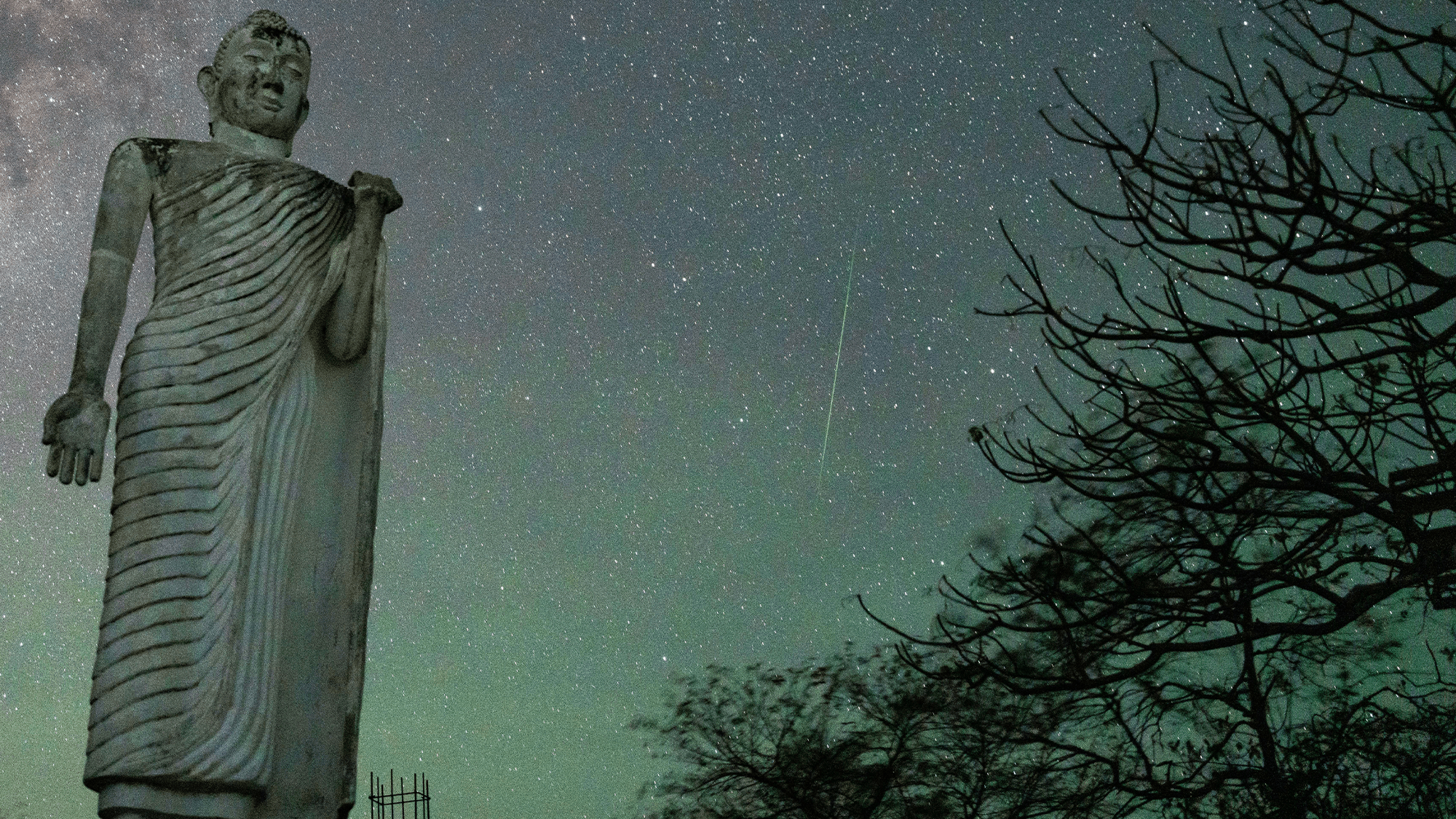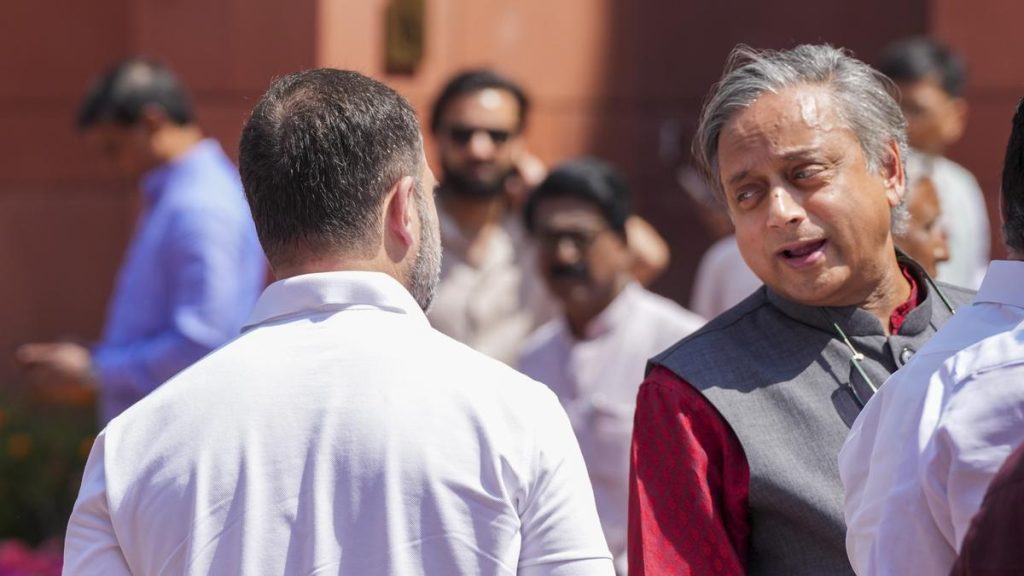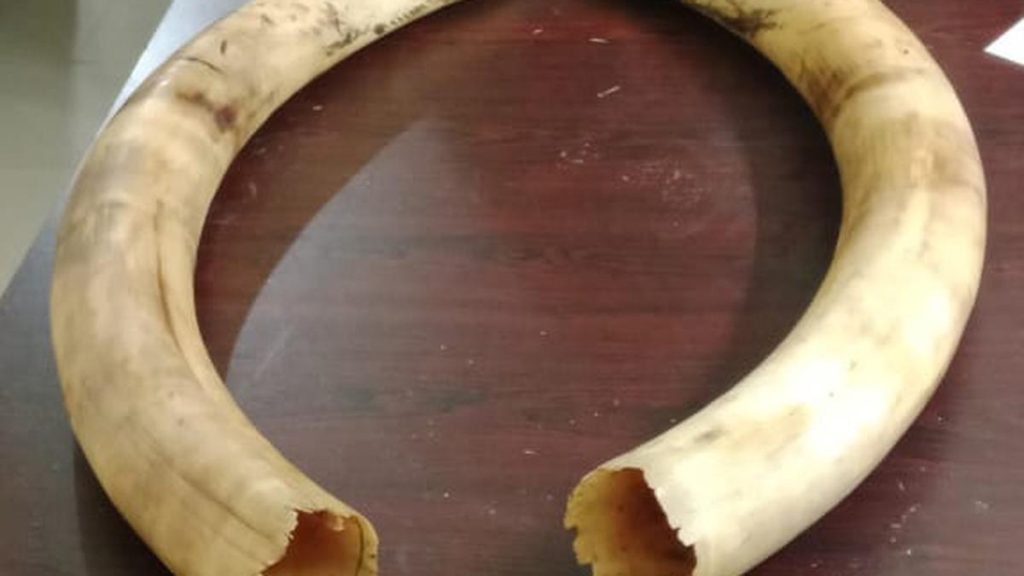Now Reading: July Skywatch: Buck Moon, Lāhainā Noon, and Meteor Showers Ahead
-
01
July Skywatch: Buck Moon, Lāhainā Noon, and Meteor Showers Ahead
July Skywatch: Buck Moon, Lāhainā Noon, and Meteor Showers Ahead

Quick Summary
- July 10: The Full Buck Moon will take place at 4:30 p.m. EDT, named after male deer antlers reaching their peak size during midsummer.
- July 15: Honolulu in Hawai’i will experience the second and final Lāhainā Noon of 2025-a shadow-less phenomenon caused by the sun being directly overhead.
- July 20-21: The crescent moon will overlap with the Pleiades star cluster before dawn, creating a celestial event where stars appear to vanish and reappear as the moon passes.
- July 30: Delta aquariids meteor shower peaks at approximately 2 a.m. local time, originating from comet 96P/Machholz. It is best viewed by looking south to the star Fomalhaut.
Image Highlights:
- Image: A Delta Aquariid meteor over Buddha statue in Kantale, Sri Lanka (CREDIT: Thilina Kaluthotage/NurPhoto via Getty images)
- Additional Gear Photo: PopSci gear testing image featured below.
Indian Opinion Analysis
the cosmic events listed in July offer an intriguing opportunity for amateur astronomers and stargazing enthusiasts across the globe to connect with natural phenomena that bridge science and culture. For India-rich in astronomical heritage and mythology-events like these highlight an ongoing dialog between ancient observations and modern astrophysics.
While India may not directly experience unique phenomena such as Lāhainā Noon due to geographical positioning outside of tropics,visible occurrences such as meteor showers (Delta Aquariids) or crescent moons passing celestial clusters (Pleiades) coudl pique public interest locally if paired with educational outreach initiatives or regional cultural connections tied to cosmology.
From aligning traditional narratives of lunar cycles with contemporary astrophysical findings-such as Eratosthenes’s calculation-to using these events for tourism promotion at India’s famed astronomical observatories like Jantar Mantar or ISRO initiatives on celestial awareness campaigns,there is room for leveraging cosmic happenings into fostering knowlege-based engagement within communities while celebrating collective wonder beneath shared skies globally.



























